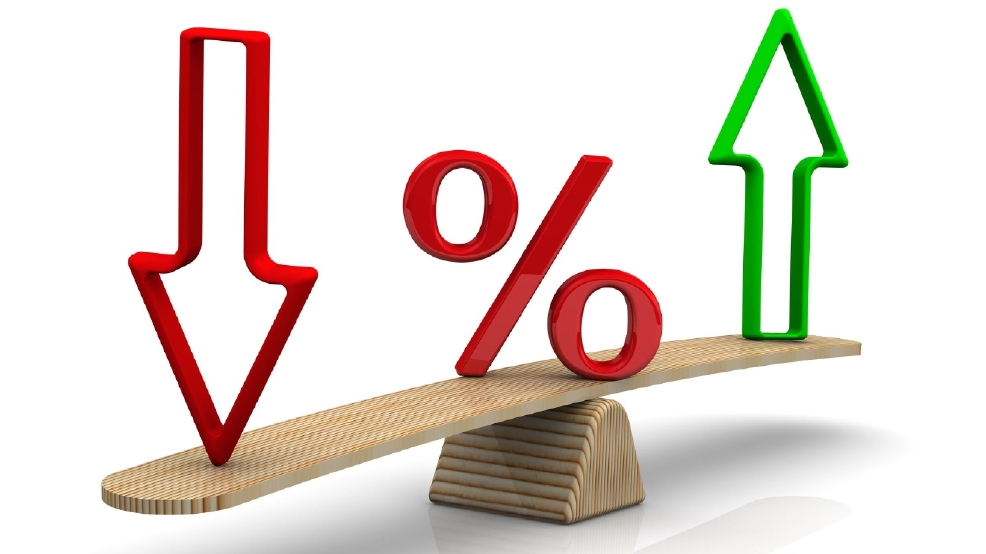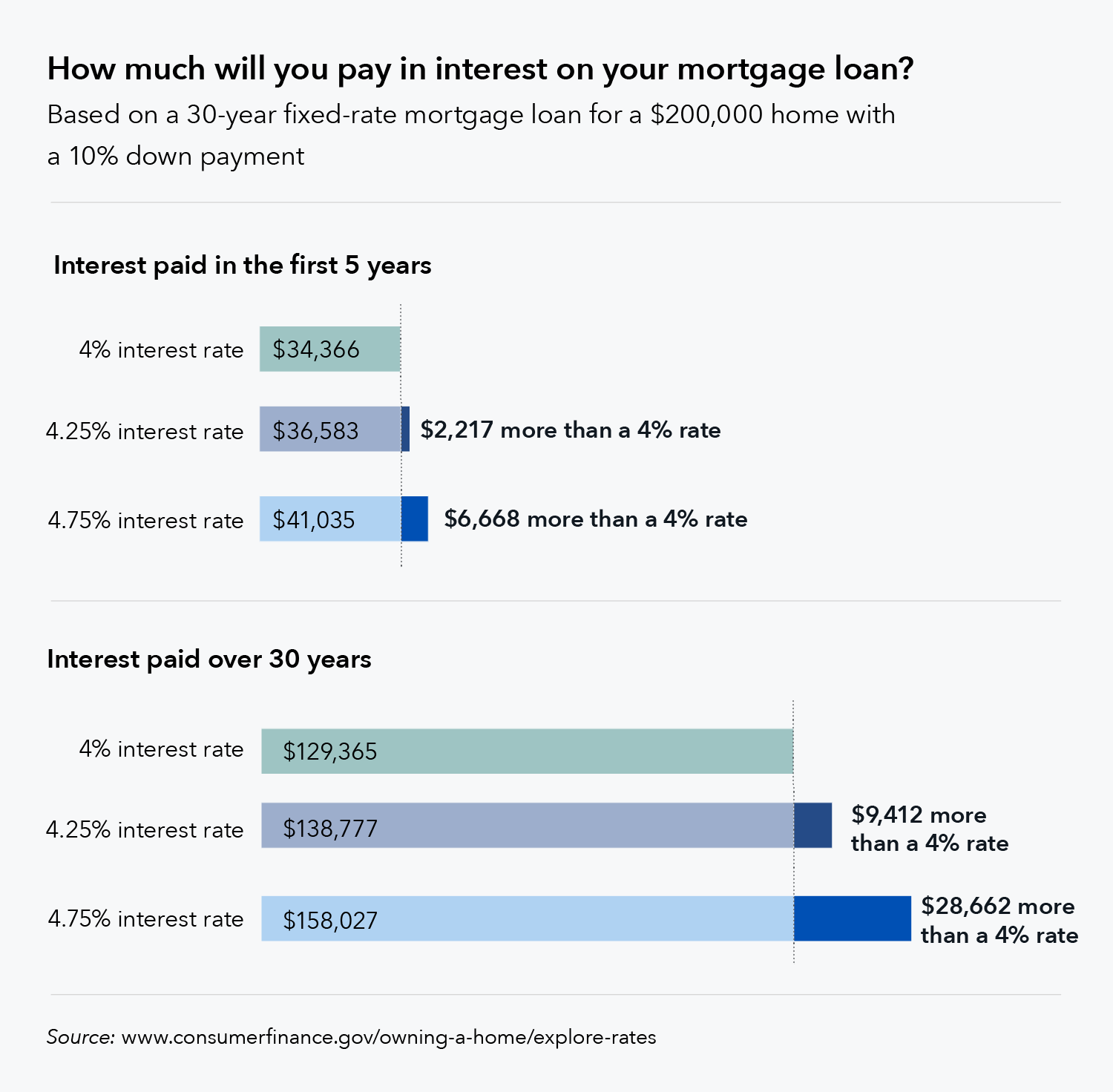When you look for a home, you may hear a bit of market terminology you're not familiar with. We've developed an easy-to-understand directory of the most common home loan terms. Part of each regular monthly mortgage payment will approach paying interest to your lending institution, while another part approaches paying for your loan balance (also called your loan's principal).
During the earlier years, a greater portion of your payment approaches interest. As time goes on, more of your payment goes toward paying for the balance of your loan. The deposit is the money you pay in advance to purchase a home. For the most part, westland court phone number you need to put cash down to get a mortgage.
For instance, traditional loans require as little as 3% down, however you'll have to pay a month-to-month fee (known as personal home mortgage insurance) to compensate for the little down payment. On the other hand, if you put 20% down, you 'd likely get a better rate of interest, and you would not need to spend for private mortgage insurance.
Part of owning a home is paying for property taxes and property owners insurance. To make it easy for you, lenders set up an escrow account to pay these expenses. reverse mortgages how they work. Your escrow account is handled by your loan provider and works type of like a checking account. Nobody makes interest on the funds held there, however the account is used to collect cash so your lending institution can send out payments for your taxes and insurance in your place.
Not all mortgages feature an escrow account. If your loan doesn't have one, you need to pay your residential or commercial property taxes and homeowners insurance coverage bills yourself. However, a lot of lending institutions use this option due to the fact that it permits them to make certain the real estate tax and insurance coverage expenses get paid. If your down payment is less than 20%, an escrow account is required.

Things about How Do Mortgages Work In Sweden
Keep in mind that the quantity of money you need in your escrow account depends on just how much your insurance and real estate tax are each year. And because these costs might change year to year, your escrow payment will alter, too. That suggests your regular monthly home loan payment might increase or decrease.
There are two types of home mortgage interest rates: repaired rates and adjustable rates. Repaired rates of interest stay the same for the whole length of your mortgage. If you have a 30-year fixed-rate loan with a 4% rates of interest, you'll pay 4% interest up until you pay off or refinance your loan.
Adjustable rates are rates of interest that alter based on the marketplace. A lot of adjustable rate home mortgages begin with a set rates of interest duration, which typically lasts 5, 7 or ten years. During this time, your rates of interest remains the very same. After your set rate of interest duration ends, your rates of interest changes up or down once each year, according to the marketplace.
ARMs are ideal for some borrowers. If you plan to move or refinance prior to completion of your fixed-rate period, an adjustable rate mortgage can give you access to lower rates of interest than you 'd typically find with a fixed-rate loan. The loan servicer is the business that supervises of providing regular monthly mortgage statements, processing payments, managing your escrow account and reacting to your inquiries.
Lenders might sell the maintenance rights of your loan and you may not get to pick who services your loan. There are many kinds of home loan loans. Each includes various requirements, interest rates and advantages. Here are some of the most typical types you may become aware of when you're obtaining a mortgage - how does chapter 13 work with mortgages.

The smart Trick of How Do Mortgages Work For First Time Buyers That Nobody is Discussing
You can get an FHA loan with a deposit as low as 3.5% and a credit rating of simply 580. These loans are backed by the Federal Real Estate Administration; this implies the FHA will compensate lenders if you default on your loan. This decreases the risk lenders are taking Go to the website on by lending you the cash; this means loan providers can offer these loans to customers with lower credit history and smaller down payments.
Conventional loans are typically likewise "conforming loans," which implies they fulfill a set of requirements specified by Fannie Mae and Freddie Mac 2 government-sponsored enterprises that buy loans from lending institutions so they can provide mortgages to more people - how do mortgages work. Standard loans are a popular option for purchasers. You can get a standard loan with as little as 3% down.
This contributes to your month-to-month expenses however enables you to enter into a brand-new house quicker. USDA loans are just for houses in qualified backwoods (although many homes in the residential areas qualify as "rural" according to the USDA's definition.). To get a USDA loan, your family earnings can't go beyond 115% of the area average earnings.
For some, the warranty costs required by the USDA program cost less than the FHA home loan insurance premium. VA loans are for active-duty military members and veterans. Backed by the Department of Veterans Affairs, VA loans are an advantage of service for those who have actually served our nation. VA loans are a terrific alternative due to the fact that they let you purchase a home with 0% down and no private home loan insurance coverage.
Each month-to-month payment has four huge parts: principal, interest, taxes and insurance. Your loan principal is the amount of money you have actually delegated pay on the loan. For example, if you obtain $200,000 to buy a house and you settle $10,000, your principal is $190,000. Part of your month-to-month home loan payment will automatically approach paying for your principal.
The Facts About How Do Bad Credit Mortgages Work Revealed
The interest you pay every month is based on your rates of interest and loan principal. The cash you pay for interest goes directly to your home mortgage provider. As your loan develops, you pay less in interest as your principal declines. If your loan has an escrow account, your monthly mortgage payment may also include payments for home taxes and property owners insurance coverage.
Then, when your taxes or insurance coverage premiums are due, your lender will pay those expenses for you. Your home loan term describes for how long you'll pay on your mortgage. The 2 most common terms are 30 years and 15 years. A longer term typically means lower month-to-month payments. A much shorter term normally suggests bigger regular monthly payments but huge interest cost savings.
For the most part, you'll need to pay PMI if your deposit is less than 20%. The expense of PMI can be contributed to your month-to-month mortgage payment, covered by means of a one-time in advance payment at closing or a combination of both. There's also a lender-paid PMI, in which you pay a somewhat higher interest rate on the home loan instead of paying the monthly cost.
It is the composed pledge or arrangement to pay back the loan using the agreed-upon terms. These terms include: Rate of interest type (adjustable or fixed) Interest rate percentage Amount of time to pay back the loan (loan term) Quantity borrowed to be repaid in complete Once the loan is paid completely, the promissory note is offered back to the debtor.